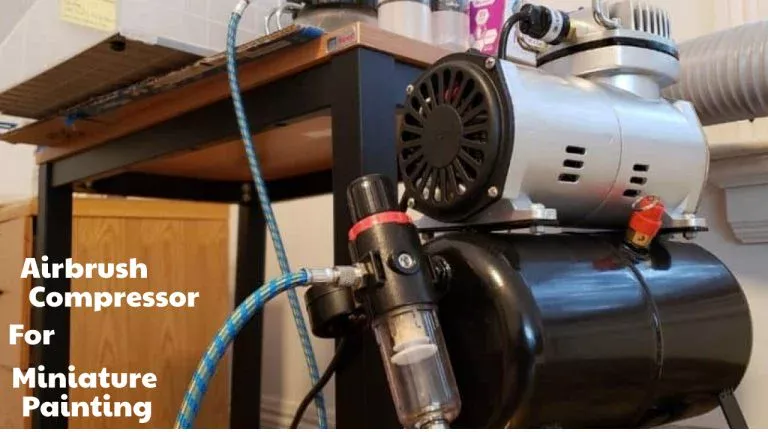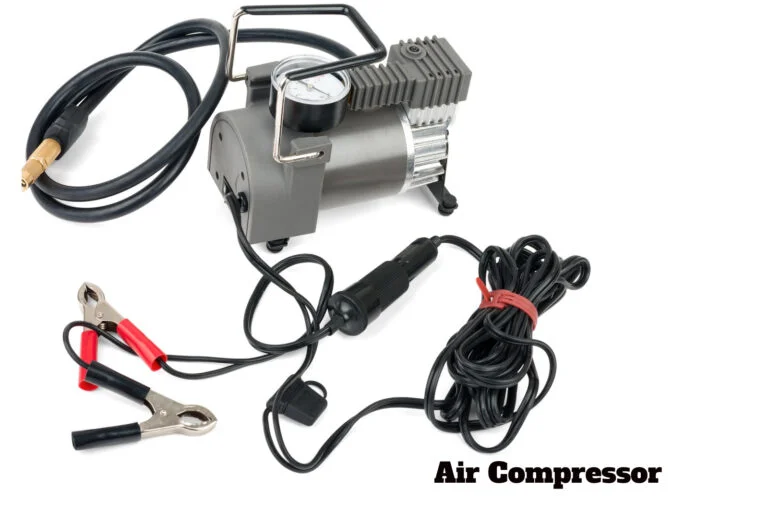Exhaust Symphony: Tuning Your Vehicle's Exhaust Note
Like a conductor orchestrating a symphony, tuning your vehicle's exhaust note requires an understanding of the science and art behind it. This article delves into the mechanics of exhaust systems, the varying types of exhaust notes, and the impact of exhaust tuning on vehicle performance. Whether you seek a roaring crescendo or a soft purr, we offer practical tips to master the exhaust symphony. Embrace the power of modification, liberating your vehicle's voice to match your driving style.
Key Takeaways
- Factors such as engine size, exhaust system design, and engine speed play a significant role in the exhaust note of a vehicle.
- The components that affect the engine sound include the exhaust system, performance mufflers, exhaust cutouts, and the material of the exhaust system.
- Different types of vehicles, such as sports cars and luxury sedans, have distinct exhaust notes based on their design and muffler architecture.
- When modifying a car's exhaust, factors such as material durability, exhaust layout, muffler design, and pipe diameter should be considered to achieve the desired sound effect.
The Science Behind Your Vehicle's Exhaust Note
Understanding the science behind your vehicle's exhaust note involves a complex interplay of numerous factors, including the engine's size, the exhaust system's design, and the speed at which the engine is running. The tuned exhaust note, an audible representation of your vehicle's performance, is a result of this harmony, achievable via modifications like performance exhaust headers and cat-back exhaust systems.
Performance exhaust headers, an integral component in tuning the exhaust note, liberate the engine's exhaust flow. They work by collecting exhaust gases from multiple cylinders and directing them into one pipe, reducing backpressure and improving the engine's efficiency and power. Hence, the exhaust note becomes deeper and louder.
Meanwhile, a cat-back exhaust system, encompassing the parts of the exhaust system from the rear of the catalytic converter to the tailpipe, can also influence the exhaust note. By replacing the standard system with a free-flowing cat-back system, you enhance sound quality and volume. It also provides a slight performance boost.
In essence, understanding these components and their impact on the exhaust note can lead to a liberating experience of tuning your vehicle to your desired sound and performance level.
Understanding the Role of Exhaust Systems in Engine Sound
Delving into the role of exhaust systems in engine sound requires an exploration of the intricate relationship between the vehicle's engine and its exhaust system, and consequentially, how modifications to this system can dramatically alter the audible output. The exhaust system functions as a pathway for combustion by-products to exit the engine. However, it is much more than just a waste disposal system. It is intricately designed to not only reduce emissions but also to contribute to the engine's performance and sound.
The following factors play a significant role in determining the sound of the exhaust system:
- The type and size of the exhaust pipes
- The design and quality of the performance mufflers
- The usage and positioning of exhaust cutouts
- The material of the exhaust system
- The engine's revolution per minute (RPM)
Modifying any of these elements can significantly change the sound of your vehicle. For example, performance mufflers, by design, can change the sound by either amplifying or muffling it. Similarly, the use of exhaust cutouts gives the driver control over the exhaust flow, thereby altering the sound. Understanding these factors allows for a more customizable auditory vehicle experience.
Different Types of Exhaust Notes: From Roar to Purr
In the world of automotive acoustics, one can encounter a diverse range of exhaust notes, varying from the aggressive roar of a high-performance sports car to the gentle purr of a luxury sedan. These variations in sound are primarily due to differences in engine design, exhaust system architecture, and the materials used in their construction.
A sports car, for instance, typically has a loud, aggressive exhaust note. This is achieved by employing an exhaust system with minimal muffling, allowing more of the engine's raw noise to escape. The result is a high-pitched, raspy roar that is often associated with power and performance.
On the other end of the spectrum, luxury sedans aim for a quieter, more refined exhaust note. This is often achieved by using more complex muffler designs and acoustic insulation to suppress the harsher engine noises. The end result is a smooth, low-frequency purr that is unobtrusive and pleasant to the ear.
Understanding these differences is the first step towards tailoring your vehicle's exhaust note to your liking. Now, let's delve into the art of modifying your car's exhaust to create your personalized symphony.
The Art of Modifying Your Car's Exhaust
As we transition into the realm of exhaust modifications, it's important to note that this art form requires a blend of technical knowledge and personal preference. The modification of your vehicle's exhaust not only has the potential to enhance performance but also allows you to express your individuality through the unique exhaust note that your car produces.
To successfully modify your car's exhaust, consider the following aspects:
- The type of material used in the exhaust system: Opt for stainless steel or aluminized steel for durability and resistance to rust.
- The exhaust layout: Single, dual, or quad, depending on your vehicle's design and your desired sound effect.
- The muffler design: Different designs produce different sounds; choose one that resonates with your personal taste.
- The pipe diameter: Larger diameters can increase horsepower, but remember that bigger is not always better.
- Legal implications: Ensure your modifications comply with local noise and emissions regulations to avoid penalties.
Practical Tips for Tuning Your Exhaust Note
To optimize the performance and sound of your vehicle, it's essential to understand the practical aspects of tuning your exhaust note. This includes the selection of an appropriate exhaust system and the correct application of tuning techniques. Through technical knowledge and detailed explanations, we will examine these two key points, providing an objective viewpoint on achieving the perfect exhaust note for your vehicle.
Choosing Right Exhaust System
Selecting the correct exhaust system for your vehicle is paramount to achieving your desired exhaust note. This requires deep understanding of the technical aspects, and careful consideration of various factors.
Here are practical tips to guide you in making your choice:
- Consider the material of the exhaust system. Stainless steel offers longevity and superior resistance to corrosion.
- Evaluate the type of system. Cat-back systems, for instance, are popular due to their performance gains and sound enhancement.
- Assess the diameter of the exhaust pipe. A larger diameter can offer more power, but may also increase noise levels.
- Pay attention to the exhaust layout. This can significantly influence your vehicle's performance and sound.
- Finally, remember to check compatibility with your vehicle model. Not all systems will fit all cars.
Informed decisions can lead to a fulfilling exhaust symphony.
Tuning Techniques Application
Delve into the art of exhaust note tuning, and discover how subtle modifications can drastically change your vehicle's auditory output. Begin with an assessment of your current exhaust note, identifying any undesirable frequencies or volume levels. Consider the use of high-flow catalytic converters or resonators to reduce sound level and refine tonality. For more pronounced changes, altering the exhaust pipe diameter can significantly impact sound characteristics. A larger diameter typically results in a deeper tone, while a smaller diameter can produce a higher pitch. Always ensure modifications comply with local noise regulations to avoid penalties. These practical tips provide a foundation for personalized exhaust tuning. We'll now explore the impact of exhaust tuning on vehicle performance.
The Impact of Exhaust Tuning on Vehicle Performance
Understanding the power-train performance is essential when considering the impact of exhaust tuning on a vehicle's overall functionality. An optimally tuned exhaust system not only enhances the aural experience but also significantly improves the vehicle's performance parameters, leading to an elevated driving experience.
The exhaust system tuning broadly influences:
- Engine Efficiency: A well-tuned exhaust system optimizes backpressure, improving engine efficiency.
- Fuel Economy: Reduced backpressure can result in better fuel economy.
- Power Output: Proper exhaust tuning can increase power output, particularly in turbocharged engines.
- Thermal Management: Efficient exhaust systems lead to better heat dissipation, prolonging engine life.
- Emissions Control: Tuned exhaust systems can help meet stringent emission standards.
The art of exhaust tuning, therefore, is not merely about achieving a pleasing exhaust note. It's about striking the perfect balance between aesthetics and performance. It involves a deep understanding of the internal combustion process, fluid dynamics, and materials science. Liberation in this context is about breaking free from preconceived notions and stereotypes about exhaust tuning and understanding its profound impact on the overall vehicle performance.
Frequently Asked Questions
What Are the Legal Limitations for Modifying a Vehicle's Exhaust Note?
Legal limitations for modifying a vehicle's exhaust note vary by location, primarily concerning noise levels and emissions. Modifiers must comply with local and federal regulations to avoid penalties, ensuring environmental and noise pollution control.
Can Tuning Your Exhaust Note Affect Your Vehicle's Fuel Efficiency?
Yes, adjusting your vehicle's exhaust note can impact fuel efficiency. This is due to the alteration in backpressure, which in turn affects engine performance and fuel consumption. It is a delicate balance of sound and efficiency.
How Does the Type of Fuel Used Impact the Exhaust Note of a Vehicle?
The type of fuel impacts a vehicle's exhaust note due to its combustion characteristics. Higher quality fuels typically burn cleaner and more evenly, leading to a smoother, more consistent exhaust note compared to lower quality fuels.
Is There a Significant Difference in Exhaust Notes Between Diesel and Petrol Vehicles?
Yes, there is a significant difference in exhaust notes between diesel and petrol vehicles. Diesel engines typically have a deeper, more resonant sound due to their higher compression ratios and lower RPMs compared to petrol engines.
Does Tuning the Exhaust Note Require Any Routine Maintenance or Additional Care for the Vehicle?
Tuning an exhaust note does necessitate routine maintenance to ensure optimal performance. It involves regular checks for leaks, damage, and adequate tightening of bolts, thereby enhancing the vehicle's overall longevity and efficiency.
Conclusion
In conclusion, adjusting a vehicle's exhaust note is a complex process, a veritable symphony of engineering, blending science and art. It necessitates a thorough understanding of the car's exhaust system and its impact on engine sound. By manipulating this, one can transform their vehicle's roar to a purr. However, it's imperative to balance this modification with the vehicle's overall performance. Thus, exhaust tuning is not merely an aesthetic pursuit, but a holistic approach to vehicle customization.







